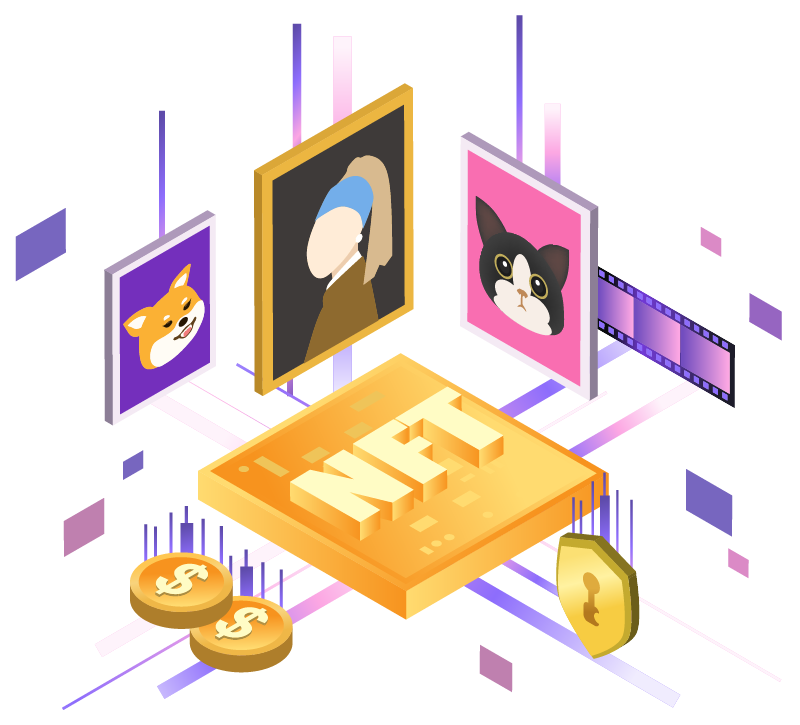DAO
Also known as Decentralized Autonomous Organization (DAO). “DAO” is a concept that can have several different applications/organizations. The DAO was as a specific instance of investor-directed venture capital fund with the goal to provide enterprise with new decentralized business models both for commercial and non-profit purposes. Built on the Ethereum blockchain, the DAO’s code was open source and set the record for the most crowdfunded project in 2016. It was intended to operate as a hub that funded projects. However, those funds were partially stolen by users exploiting a vulnerability, causing an Ethereum hard fork that created Ethereum Classic.
DEFI
Short for “decentralized finance.” Banking but without the fees/approvals for transactions and loans. You can lend, trade, and borrow crypto through public code that automatically stores/verifies transactions.
DAPP
Short for “decentralized application,” it’s an app built to partially run on the blockchain.
DEGEN
Short of “degenerate”. People who made risky bets on the NFT space without due diligence. (Seeing today as a badge of pride)
Decentralization
The process by which the actions of an organization, particularly those regarding planning and decision making, are distributed or delegated away from a centralized organization, government, or party to a distributed network.
Decentralized Application
An open-source, trust-less software program with the backend code running on a decentralized peer-to-peer network rather than on a centralized server. dApp means decentralized application. This could be any smart contract deployed on the Ethereum blockchain, as they all operate in an autonomous or decentralized manner.
Digital Identity
A digital identity is an online identity, or a set of attributes related to an entity, adopted or claimed in cyberspace by an individual, organization, or electronic device. The information contained in a digital identity allows for examination and authentication of a user interacting with a business system on the web, without involving human operators. Digital identities allow automated access to computers and the services and enable computers to mediate relationships.
Digital Signature
A digital signature is a mathematical scheme for verifying the authenticity of digital messages or documents. Generated by way of public key encryption, a digital signature is a code connected to an electronically transmitted record to verify its contents.
Difficulty
Difficulty, in Proof-of-Work mining, is a measure of how hard it is to verify blocks in a blockchain network. In the Bitcoin network, the difficulty of mining adjusts verifying blocks every 2016 blocks, with the target of having the block verification time at ten minutes.
Distributed Ledger
A distributed ledger is a data set / structure that is formed with consensus and is spread across multiple sites, countries or institutions. It lacks a central administrator or a centralized data storage while records are stored sequentially in a continuous ledger. A type of distributed ledger design is the blockchain system.
Double Spend
Double spend refers to a potential flaw in a digital currency in which the same single digital token can be spent more than once. Once a bitcoin transaction is confirmed, it is nearly impossible to double spend it or reverse the transaction. The more confirmations that a particular transaction has, the harder it becomes to double spend the bitcoins.




